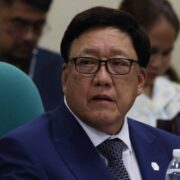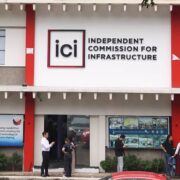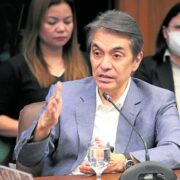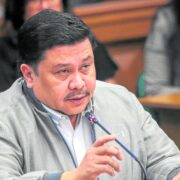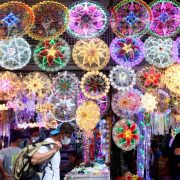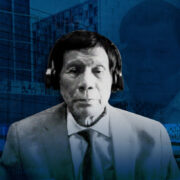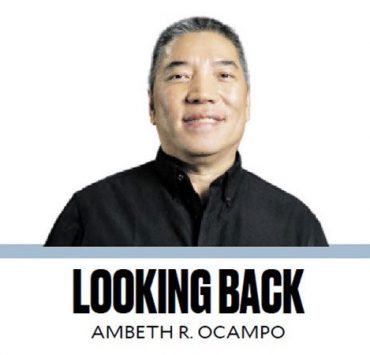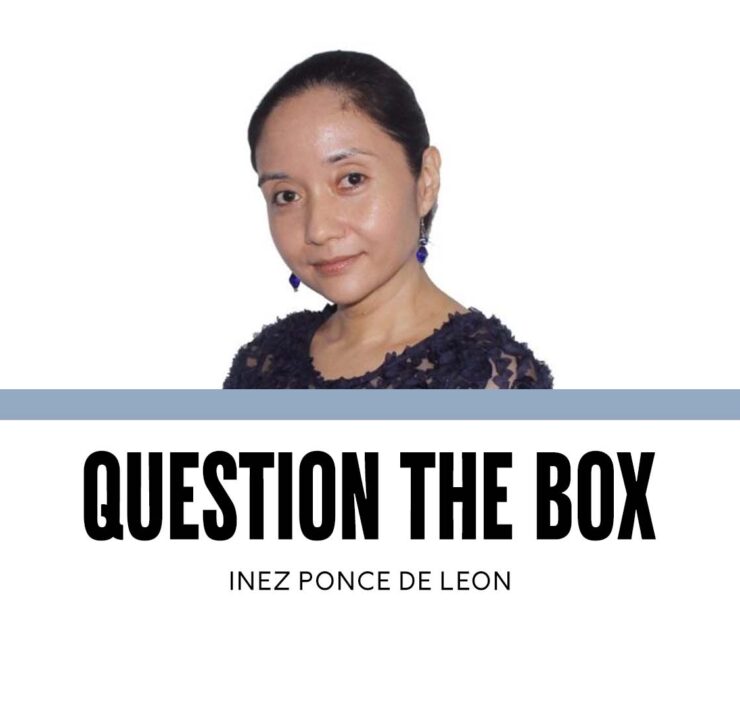Chimney watching, story gathering

On May 6, 2025, schoolchildren at the Our Lady of Mount Carmel Academy in the Lakeview neighborhood of Chicago held a mock papal conclave.
The students and their teachers turned a school assembly room into the Sistine Chapel. Some children were dressed as Swiss guards, while others came in the birettas and cassocks of cardinals. They campaigned for each other, commenced voting by secret ballot, and snacked on Goldfish crackers after three rounds.
In the end, a fourth grader, Augustus Wilk, took the required two-thirds majority.
He named himself Pope Augustine.
On May 8, two days later, white smoke rose from the chimney above the official papal conclave in Vatican City. After two days and three rounds of voting and another hour of waiting, Cardinal Prevost stepped onto the balcony.
Once the Prior General of the Order of St. Augustine, the Chicago-born missionary who spent years in Latin America, the former bishop of Chiclayo, Peru—Prevost is now Pope Leo XIV.
May 8 is also the feast day of Our Lady of Grace, one of the oldest titles under which the Augustinian order has venerated the Virgin Mary. Pope Leo XIII, whose devotion to social justice was an inspiration for Prevost to take his name, is also the pope who once had a vision of hell—and who, following that vision, wrote the prayer to St. Michael the Archangel that we still recite today. May 8 is also the feast of the Apparition of St. Michael the Archangel in Monte Gargano, Italy.
There were many little clues that seemed to make Pope Leo XIV’s election not only foretold but simply right. Perhaps these wonders come from a human tendency to ascribe patterns where there might be none, to search out meaning in hindsight.
And yet, they are happy discoveries all the same: the voice of children suddenly coming to the fore in a world seemingly overtaken by belligerent adults, a Hail Mary recited with the people during a first papal speech, a papal name that carries great meaning in a society obsessed with quantity, popularity, and profit.
Prevost’s selection of Leo XIV as his name is no secret. According to interviews with fellow cardinals and with Prevost himself, the choice was made in continuity with the legacy of Leo XIII: a pope who championed workers’ rights, defended the poor, and spoke out against a rapidly industrializing world that had lost its humanity. Leo XIII’s encyclical, ”Rerum Novarum” (On the Condition of Labor), became the foundation for how the Catholic Church would teach and advocate for social justice.
Prevost spent a good deal of his life as a missionary in South America, where he worked among poor communities and served them even through floods and the pandemic. After the conclave, photos and videos of him began circulating online: standing in knee-deep floods in rubber boots, clad in the requisite face mask of the worldwide lockdown as he walked through empty streets, holding up the Blessed Sacrament in a solemn, bare-bones procession. There were even photos of him celebrating mass at San Agustin Church in Intramuros.
Prevost had visited the Philippines quite a number of times, a happy fact that is now yielding even more treasures online. He had been to Cebu, Manila, Laguna, and Iloilo for masses, anniversaries, and school openings.
In one photo, Prevost, in his white habit, sits at a dinner table with his Augustinian brothers, a bottle of San Miguel beer in front of him. Yet again, another St. Michael/Leo XIII connection.
After days of watching a chimney (and a seagull family), waiting for smoke, and then sitting through the first hours of the new Pope, social media became a game of connecting stories and portents, of seeking photographs that showed the young Prevost at work, of hearing the voices of people who had grown up with him or grown with him.
His brother recounted how the young Prevost would often play priest, prompting his siblings to remark that if he kept on being too holy, then he might one day become pope. His fellow Augustinians said Prevost had shunned the spotlight but had worked for years in places that both shaped his view of the world and fueled his ability to speak out against world leaders. Cardinal Luis Antonio Tagle said he offered the nervous cardinal some candy to calm him down as the ballots were counted in the final round of voting.
Pope Leo XIV, in the little stories of his once-hidden life, became human.
The nicest coincidence might be found in his full name: Robert Francis Prevost. It’s as though Pope Francis never left us.
In his election as the first American Pope, Prevost gives credence to what Pope Francis once said: our God is a God of surprises.
Leo XIV is not a carbon copy of the late Pope, but from his chosen papal name and the lenses afforded by his rich missionary experience, one might expect and hope for the same openness of the church; the same warm heart; the same call for peace; the same closeness to the least, the last, and the lost, no matter who or where they are.




